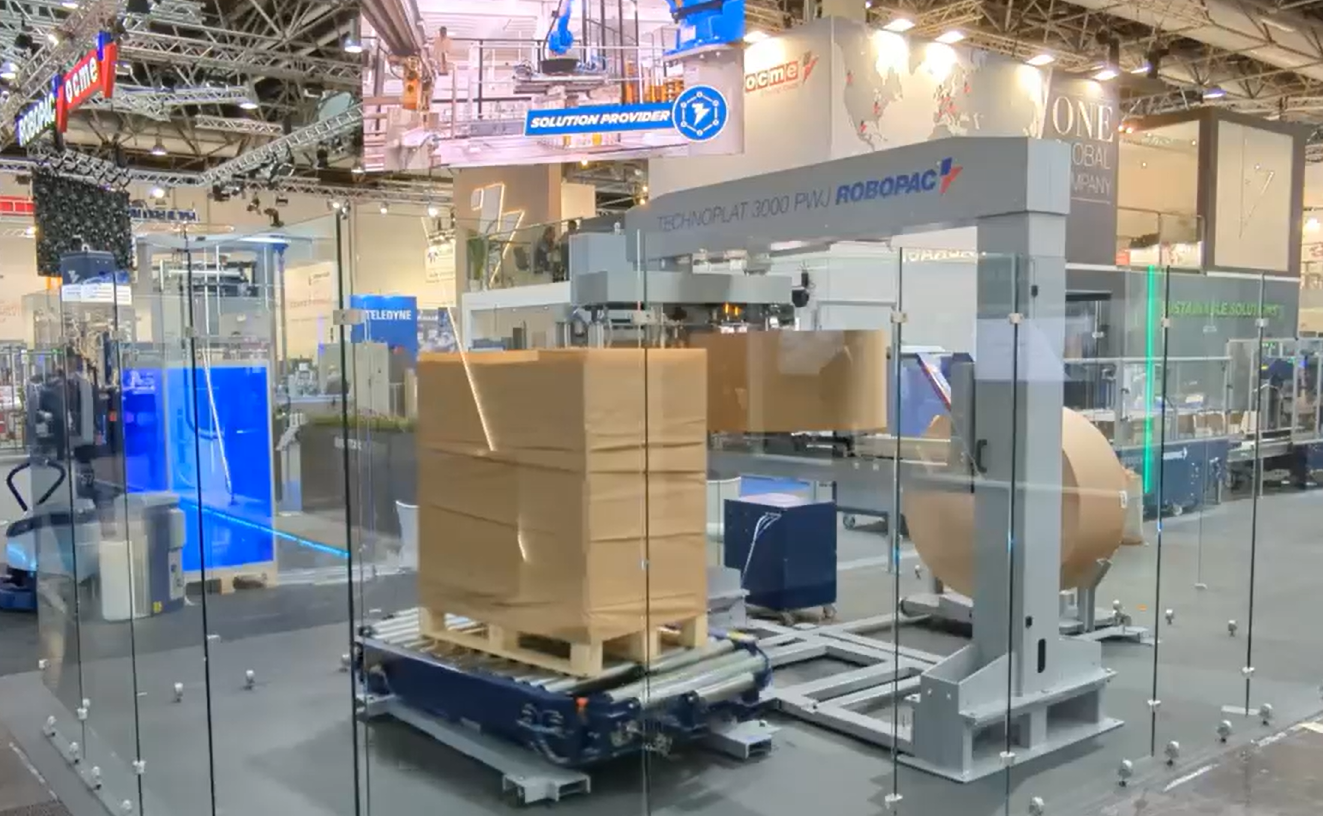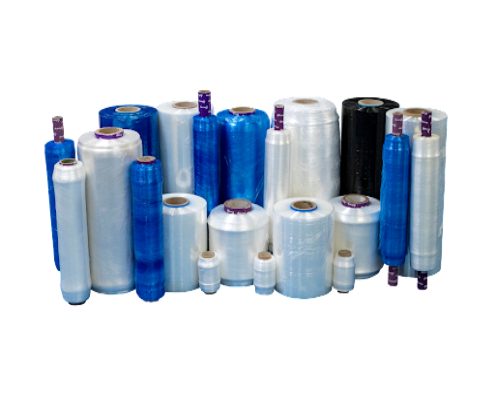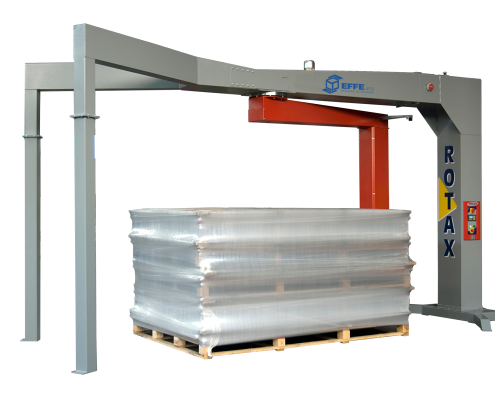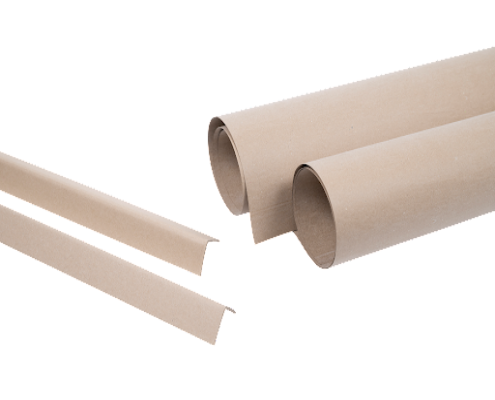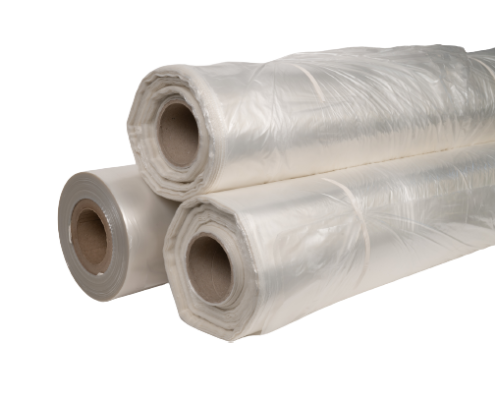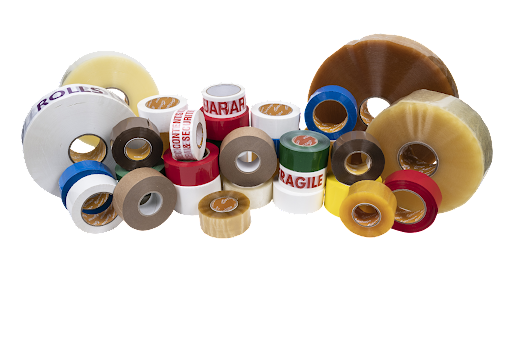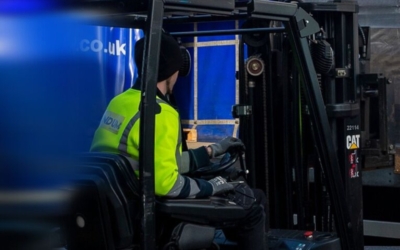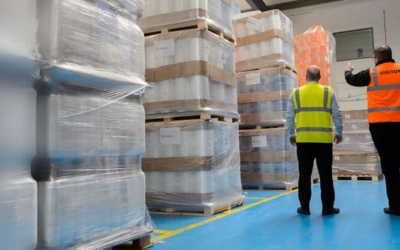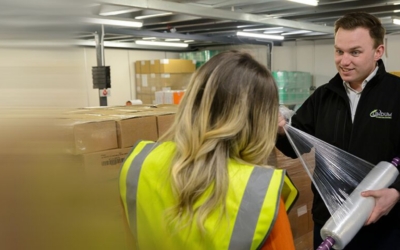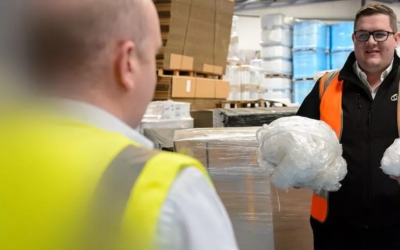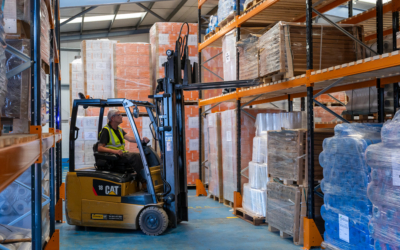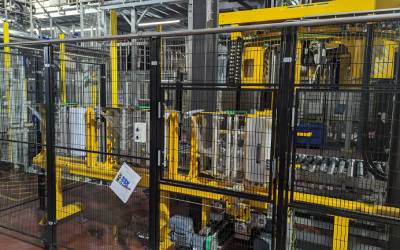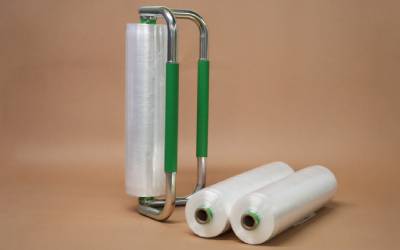Is paper pallet wrap the future?
Paper pallet wrap has been gaining attention as a potential eco-friendly alternative to traditional stretch films. However, before we jump on the bandwagon of this seemingly sustainable solution, it’s crucial to explore the challenges that currently hinder its widespread adoption in volume production. In this blog post, we’ll delve into five key aspects that highlight why paper pallet wrap might not be ready for prime time just yet.
Cost & Material Usage
One of the primary considerations when evaluating paper pallet wrap is the cost and material usage. While it’s true that paper is a renewable resource, the process of manufacturing paper pallet wrap can be significantly more expensive than its plastic counterpart. Additionally, the amount of paper required to wrap a pallet is estimated to be 5-10 times higher than that of traditional stretch film. This raises questions about the economic feasibility of large-scale adoption, as businesses strive to balance sustainability with cost-effectiveness.
Impact Resistance
Stretch film possesses a unique ability to stretch under impact while maintaining its structural integrity. On the other hand, paper may offer initial strength, but once torn, it lacks the resilience to withstand further stress. The impact resistance of paper pallet wrap is a critical factor, especially in logistics and transportation where pallets may encounter rough handling. The challenge lies in developing a paper-based solution that can rival the impact resistance of traditional stretch films.
Speed Of Application
Efficiency in pallet wrapping is often measured by the speed at which it can be done. While automated machinery for paper pallet wrap exists, it currently falls short of the industry benchmark of 70 pallets per hour. The slower production rates pose a significant obstacle for businesses with high-volume packaging needs. Improving the speed of paper pallet wrapping machines is essential to make them a viable alternative for industries that rely on swift and efficient packaging processes.
Water Resistance
Water resistance is a crucial factor, especially in industries where products need to withstand various environmental conditions during transportation and storage. Paper offers limited water resistance compared to stretch film, which, when applied correctly, can provide a fully waterproof seal around the pallet. The challenge lies in developing water-resistant coatings or treatments for paper pallet wrap without compromising its eco-friendly profile.
Uneven Loads
Traditional stretch films are known for their versatility in wrapping pallets of different shapes and sizes, thanks to their ability to conform to the contours of the load. However, paper performs poorly on anything that deviates from a standard square or rectangular shape. Overcoming the limitations posed by uneven loads is crucial for the widespread adoption of paper pallet wrap across diverse industries.
Conclusion
While the concept of paper pallet wrap holds promise as an environmentally friendly alternative to traditional stretch films, these challenges must be addressed before it can be considered ready for volume production. As technology advances and innovations in material science continue, it will be interesting to witness how the industry tackles these hurdles and propels paper pallet wrap into a more competitive position in the packaging landscape.
